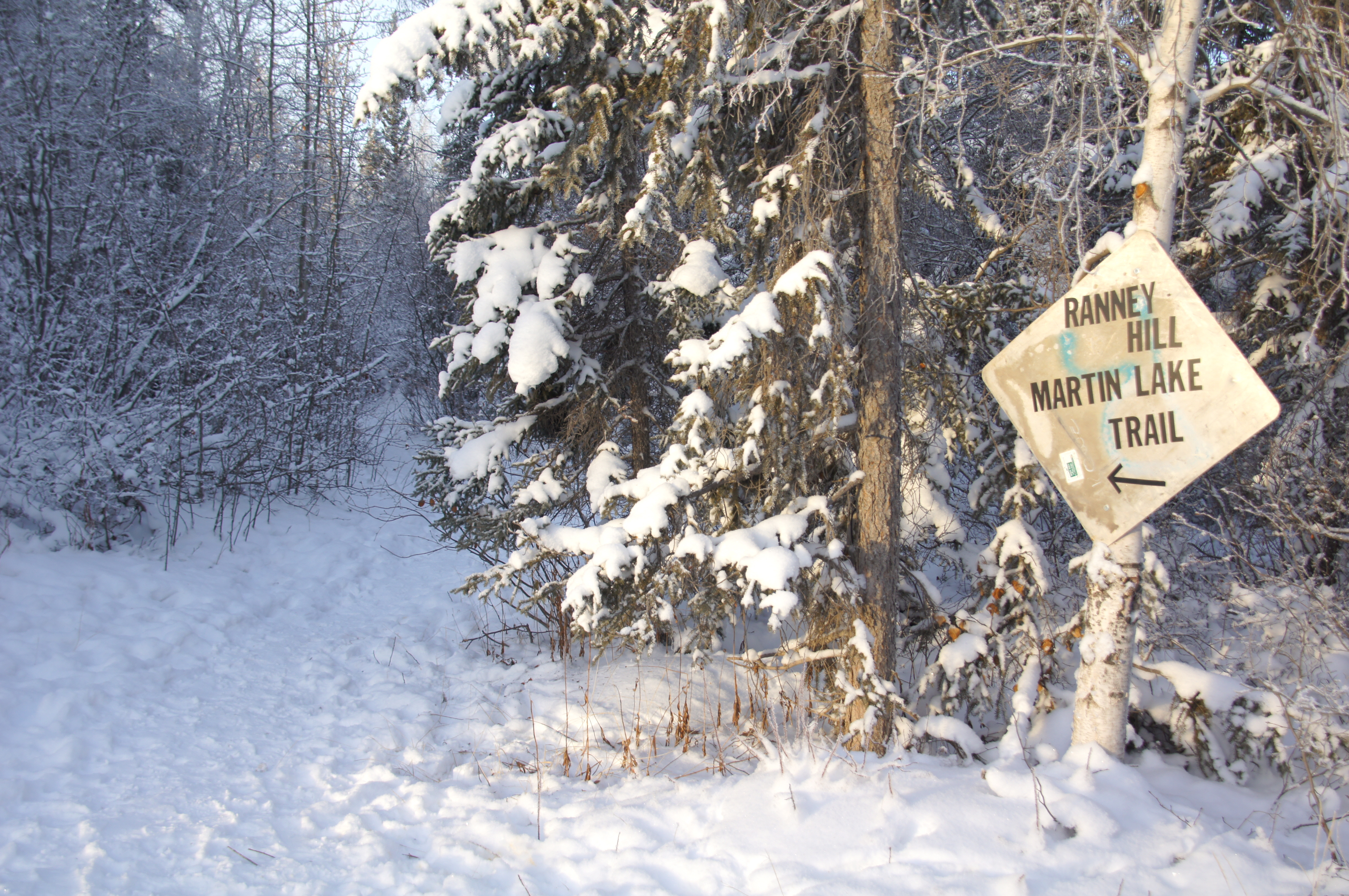|
Ranney Hill
Ranney Hill (pronounced, 'Ran-ee") is a rock outcrop approximately 10 kilometers north of Yellowknife, the capital city of the Northwest Territories of Canada. At 682 ft / 208 m. high, it is one of three visible outcrops that can be seen north of the city. It is an anomaly rising from the relatively flat Canadian Shield. History of the name Ranney Hill is named after Winslow C. Ranney, a prospecting, prospector and trapping, trapper who first came into the Yellowknife region in 1934. Numerous claims were staked in this area between 1935 and 1937 by Mr. Ranney. Development was undertaken by a small crew under Ranney’s supervision during 1937 and 1938, and apparently Ranney utilized a small milling unit to recover some gold from a short mine tunnel around 1939. Further exploration was conducted at this site during the 1940s by Ranney Gold Mines Limited, but no further mining development was undertaken. Ranney's now abandoned cabin, claim, and tunnel are between David Lake and ... [...More Info...] [...Related Items...] OR: [Wikipedia] [Google] [Baidu] |
Yellowknife
Yellowknife (; Dogrib: ) is the capital, largest community, and only city in the Northwest Territories, Canada. It is on the northern shore of Great Slave Lake, about south of the Arctic Circle, on the west side of Yellowknife Bay near the outlet of the Yellowknife River. Yellowknife and its surrounding water bodies were named after a local Dene tribe, who were known as the "Copper Indians" or "Yellowknife Indians", today incorporated as the Yellowknives Dene First Nation. They traded tools made from copper deposits near the Arctic Coast. Its population, which is ethnically mixed, was 19,569 per the 2016 Canadian Census. Of the eleven official languages of the Northwest Territories, five are spoken in significant numbers in Yellowknife: Dene Suline, Dogrib, South and North Slavey, English, and French. In the Dogrib language, the city is known as ''Sǫǫ̀mbak’è'' (, "where the money is"). Modern Yellowknives members can be found in the adjoining, primarily Indigenous c ... [...More Info...] [...Related Items...] OR: [Wikipedia] [Google] [Baidu] |

